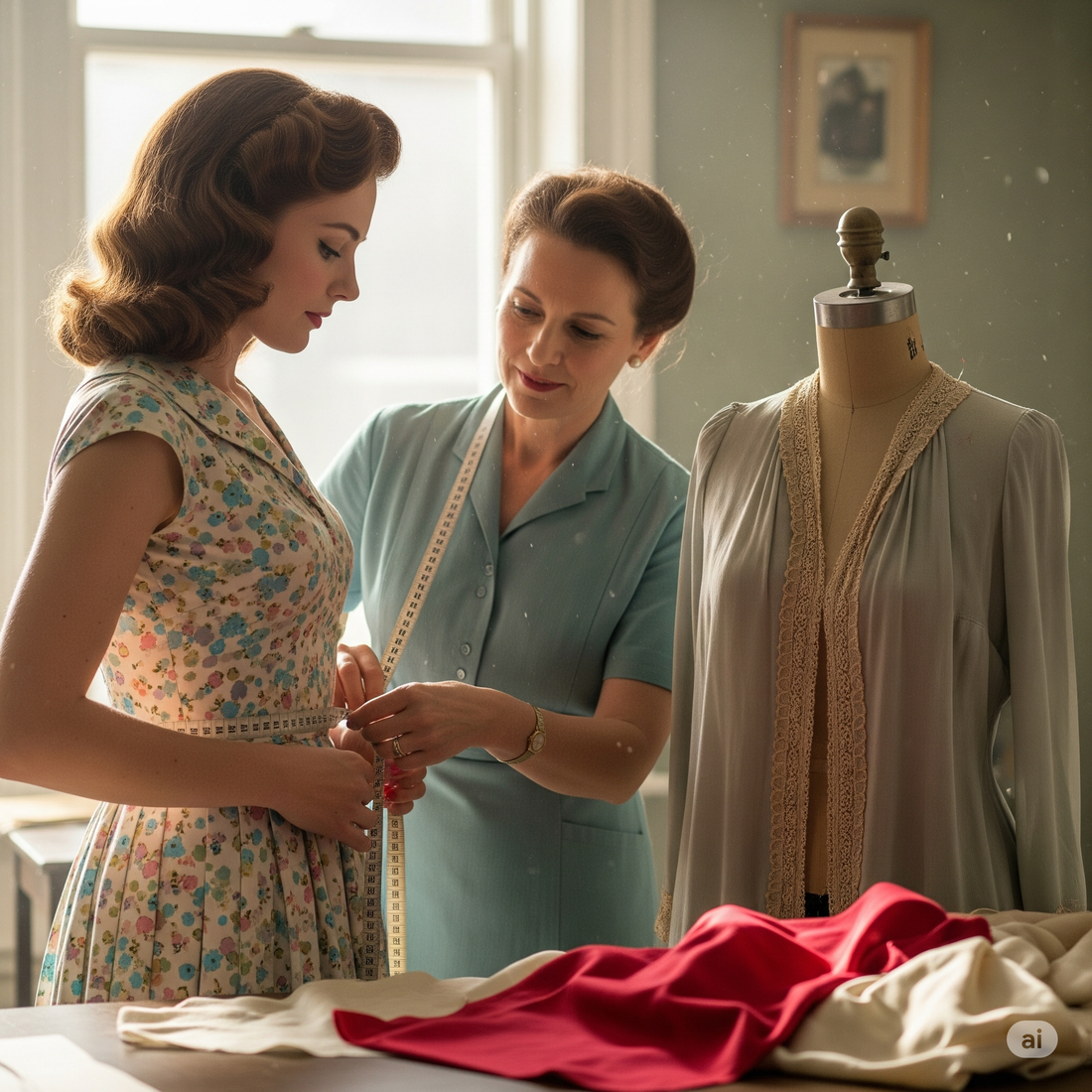
Finding the perfect fit starts with accurate body measurements
Share
Finding the perfect fit starts with accurate body measurements. Whether you're sewing your own clothes, shopping online, or getting custom garments, knowing how to measure yourself correctly is crucial. Here’s a step-by-step guide to taking precise measurements that will help you achieve a tailored fit every time.
Essential Tools
Before you begin, gather these tools:
Soft measuring tape (often called a tailor’s tape)
Notebook and pen
Full-length mirror
Friend or family member (optional, but helpful for hard-to-reach spots)
Fitted clothing or underwear (avoid bulky or loose garments)
Key Body Measurements
Below are the most common measurements required for both men’s and women’s clothing.
1. Bust/Chest
Stand up straight and relax your arms at your sides.
Measure around the fullest part of your bust (for women) or chest (for men), ensuring the tape is straight and parallel to the floor.
Keep the tape snug but not tight.
2. Waist
Find your natural waistline—usually the narrowest part above your belly button but below your rib cage.
Stand normally and breathe out. Wrap the tape around your waist, keeping it snug but not constricting.
3. Hips
Stand with your feet together.
Measure around the fullest part of your hips and buttocks, keeping the tape parallel to the floor.
4. Inseam
For pants, measure from the top of your inner thigh (where the thigh meets the pelvis) down to your ankle bone.
It’s usually easier if a friend helps with this measurement.
5. Sleeve Length
Place your hand on your hip, with your arm slightly bent.
Starting from the shoulder bone, run the tape down over your bent elbow and end at the wrist bone.
6. Shoulder Width
Measure from the edge of one shoulder (where the sleeve begins) to the edge of the other, across the back.
7. Neck Circumference (for shirts and collars)
Wrap the tape around the base of your neck, where a collar would naturally sit.
Measurement Tips
Double-check measurements: Repeat each measurement at least once for accuracy.
Keep the tape flat: Avoid twists or slack in the tape for precise results.
Don’t pull too tight: The tape should be firm but not pinching the skin.
Record in inches and/or centimeters: Some patterns or sizing charts use different units.
Common Measurement Table
|
Body Area |
How to Measure |
|
Bust/Chest |
Fullest part, tape parallel to floor |
|
Waist |
Natural waistline, above navel |
|
Hips |
Fullest part of hips and buttocks |
|
Inseam |
Inner thigh to ankle |
|
Sleeve |
Shoulder bone, over bent elbow, to wrist |
|
Shoulder Width |
Edge to edge across back |
|
Neck |
Base of neck where collar sits |
Final Thoughts
Accurate body measurements are the foundation of well-fitting clothing. Take your time, follow these steps closely, and keep your measurements up to date—especially if your body changes. Next time you buy or make clothes, you’ll enjoy a fit that’s tailored just for you.
